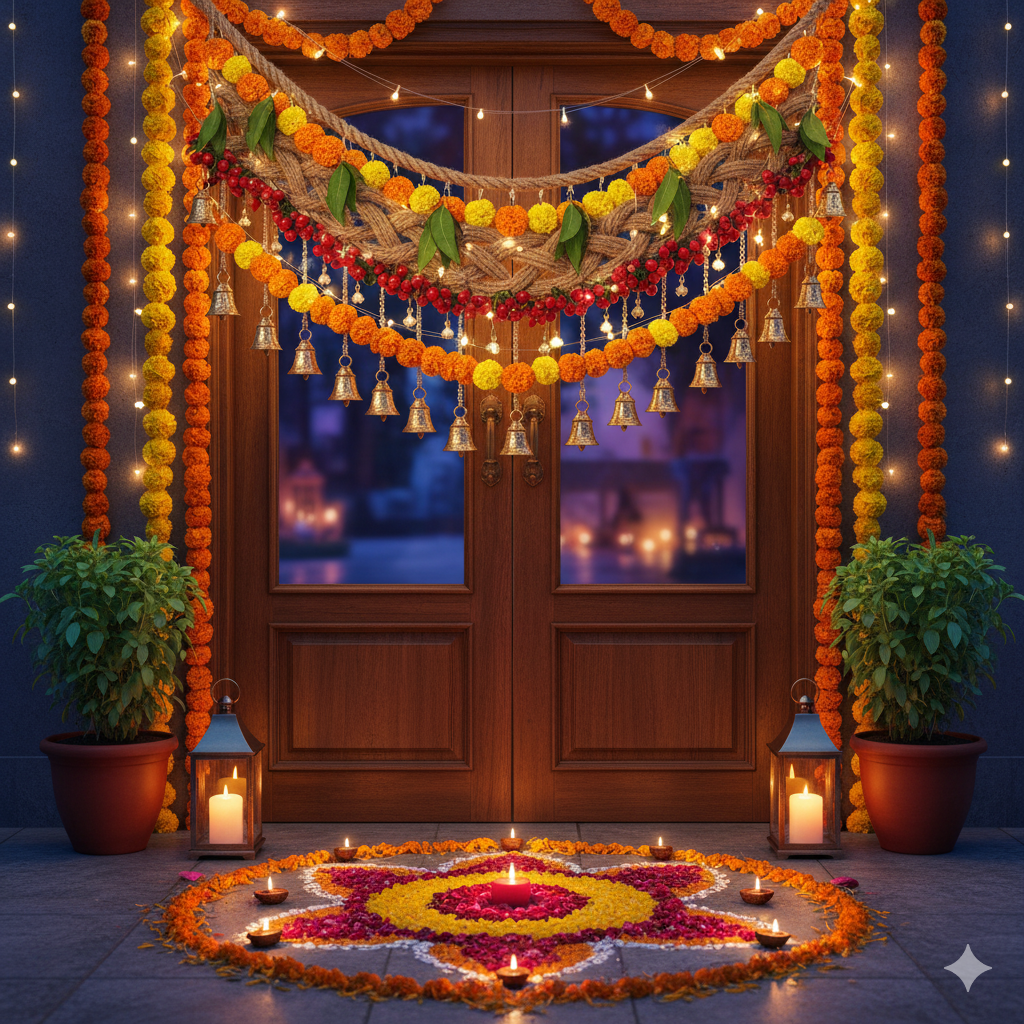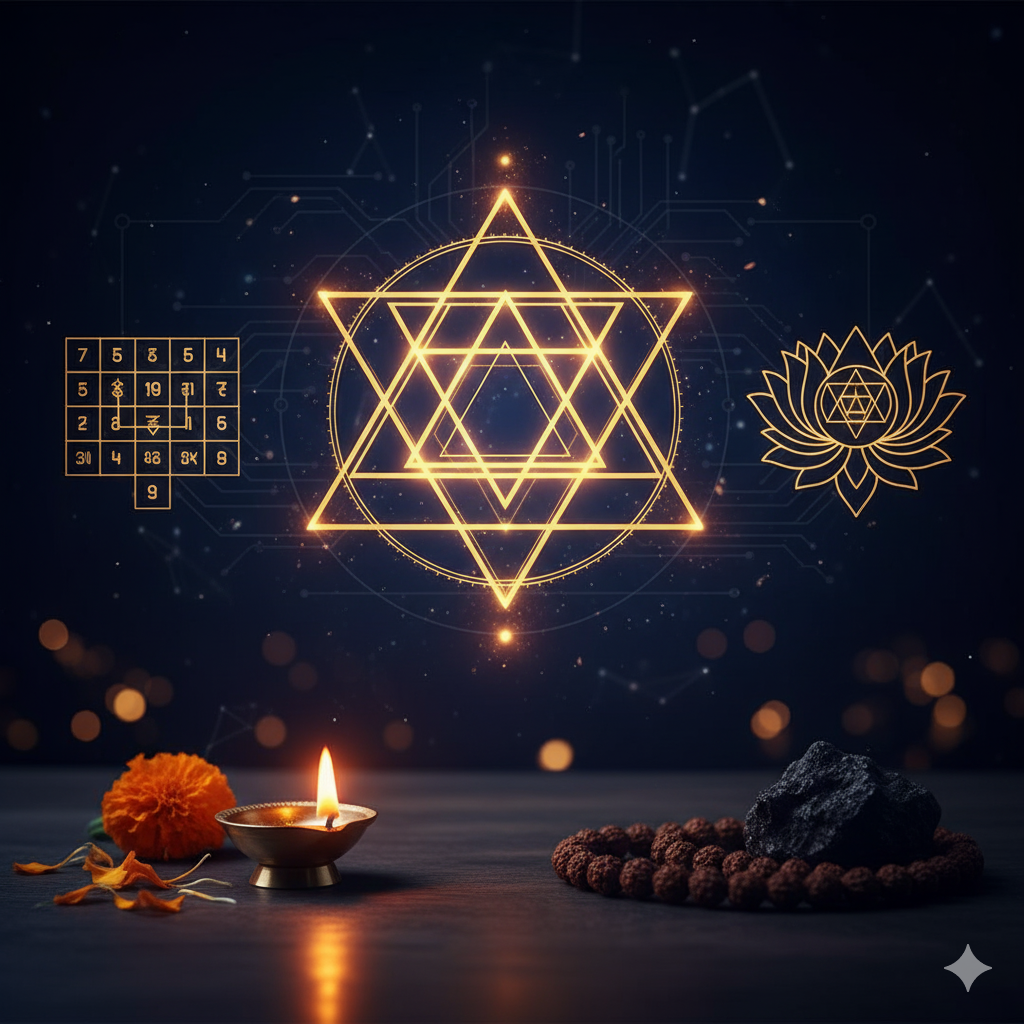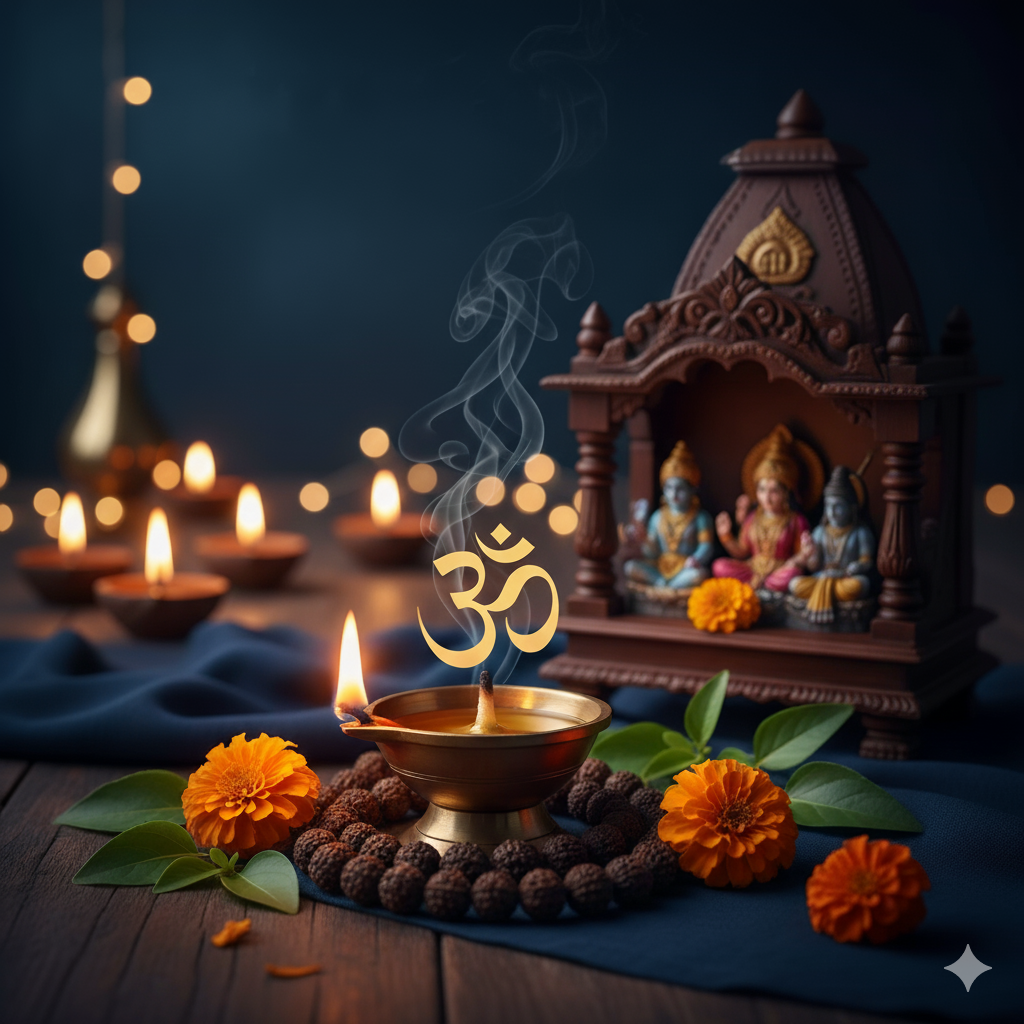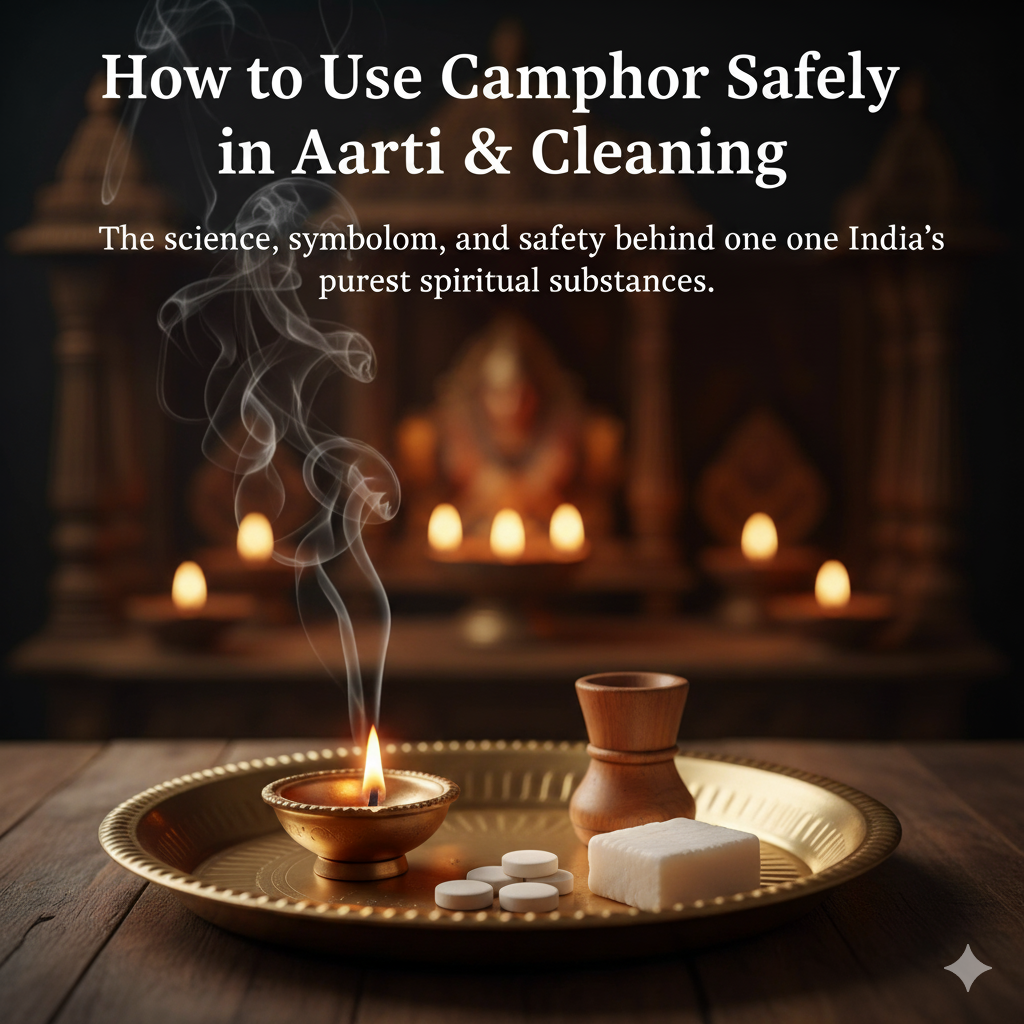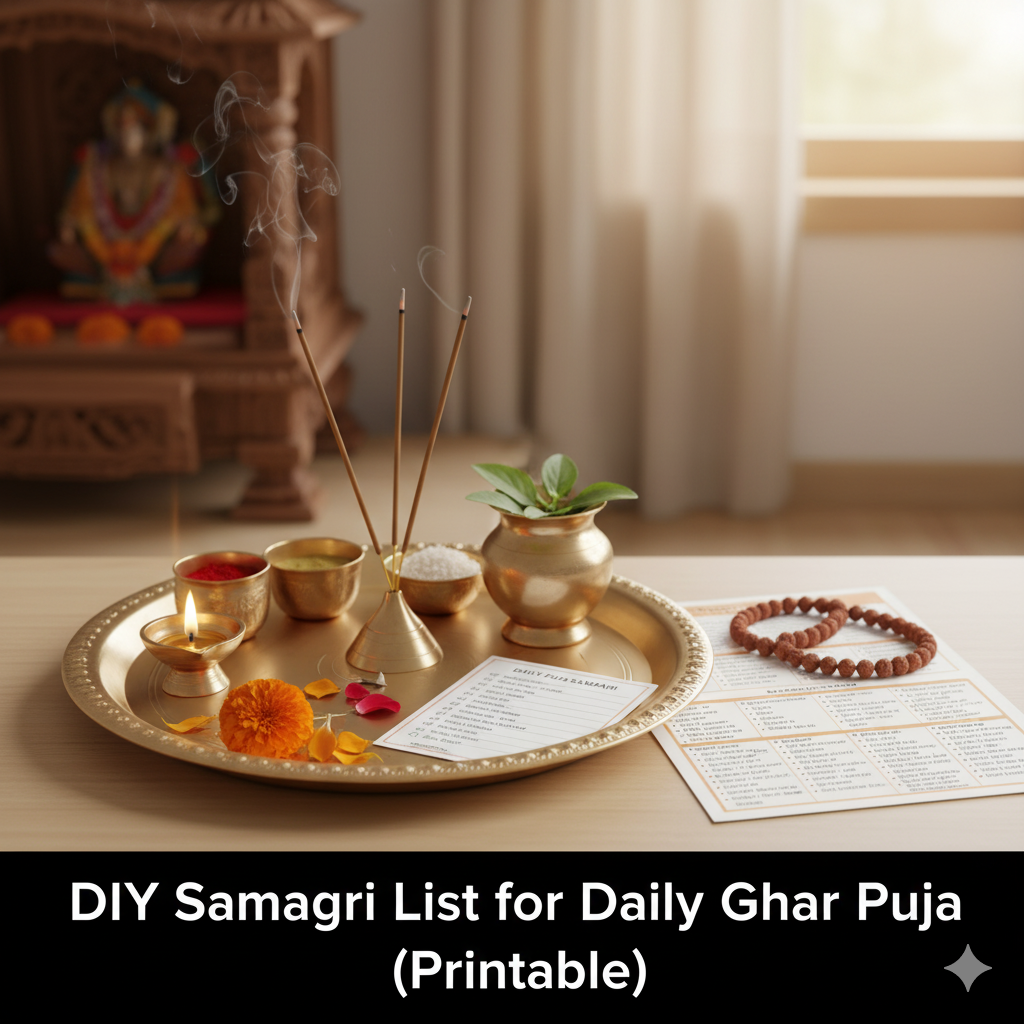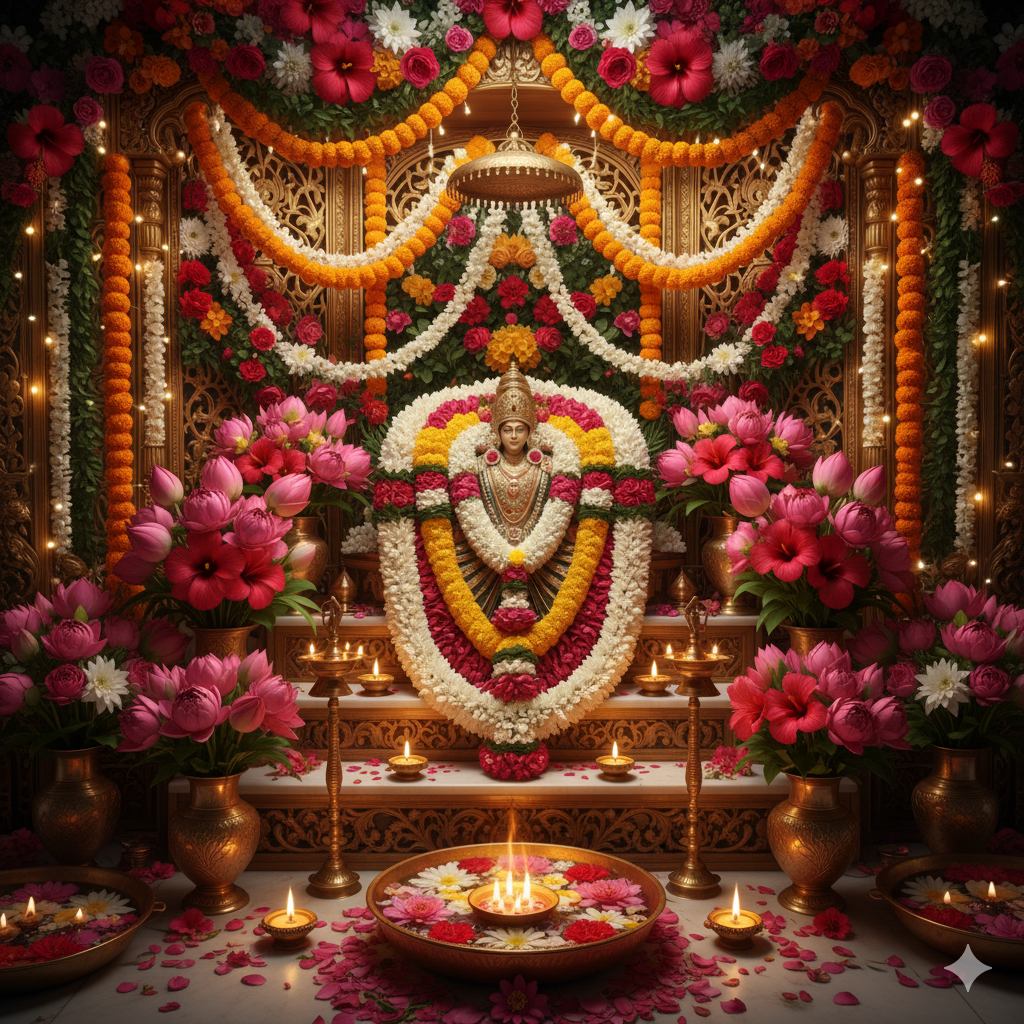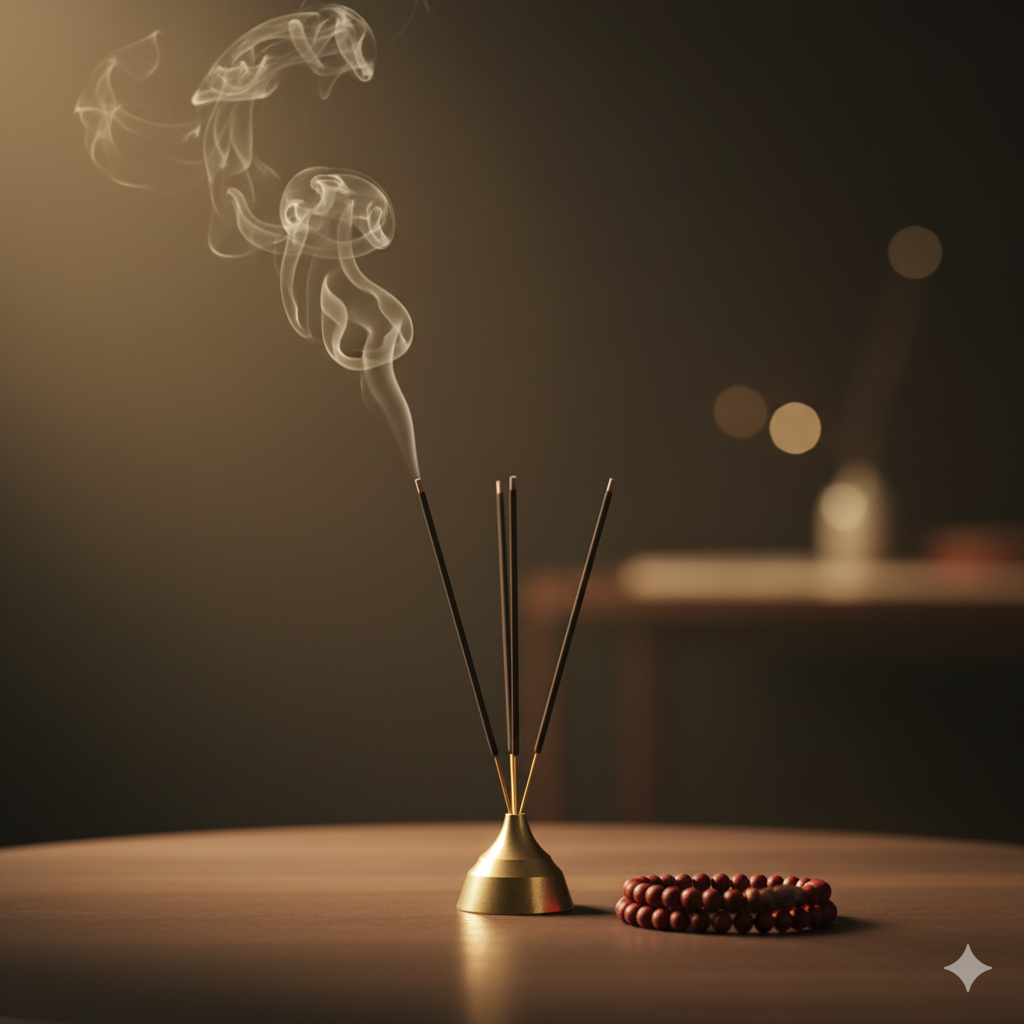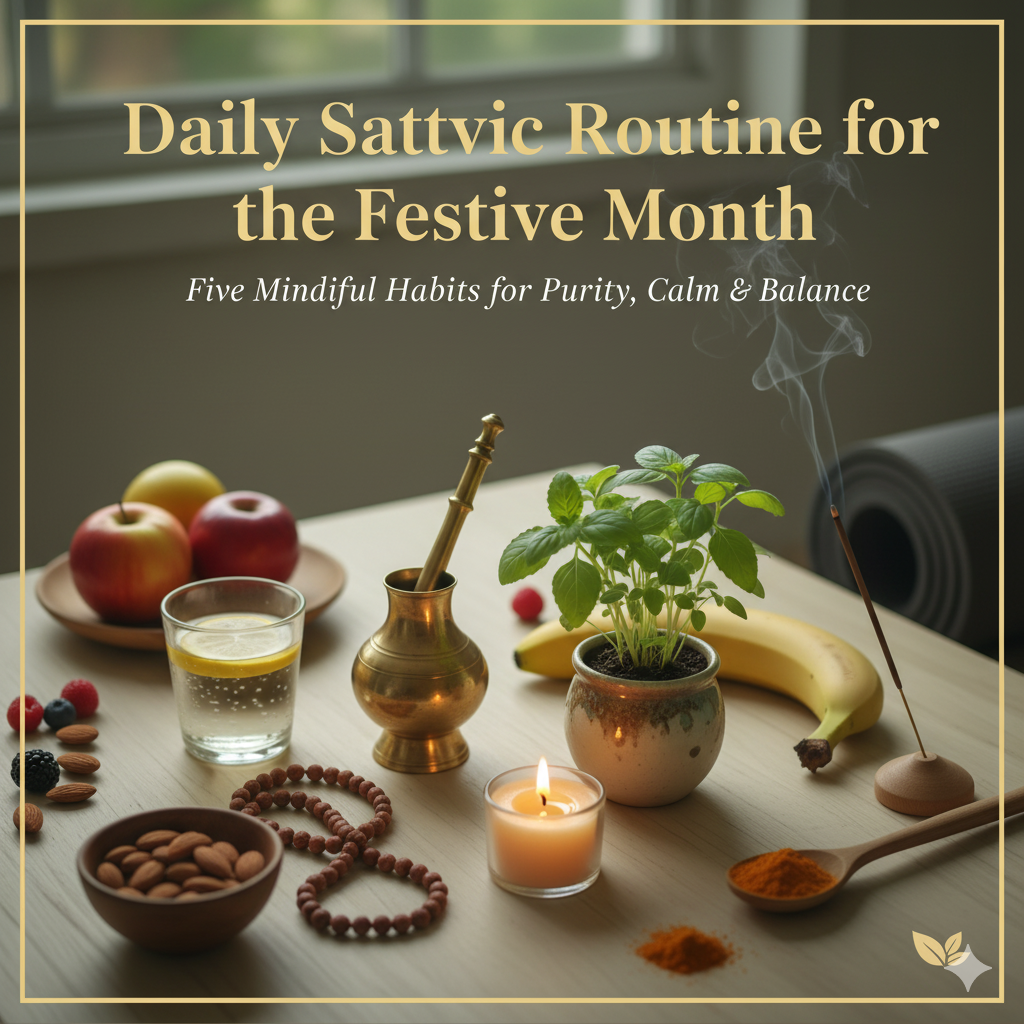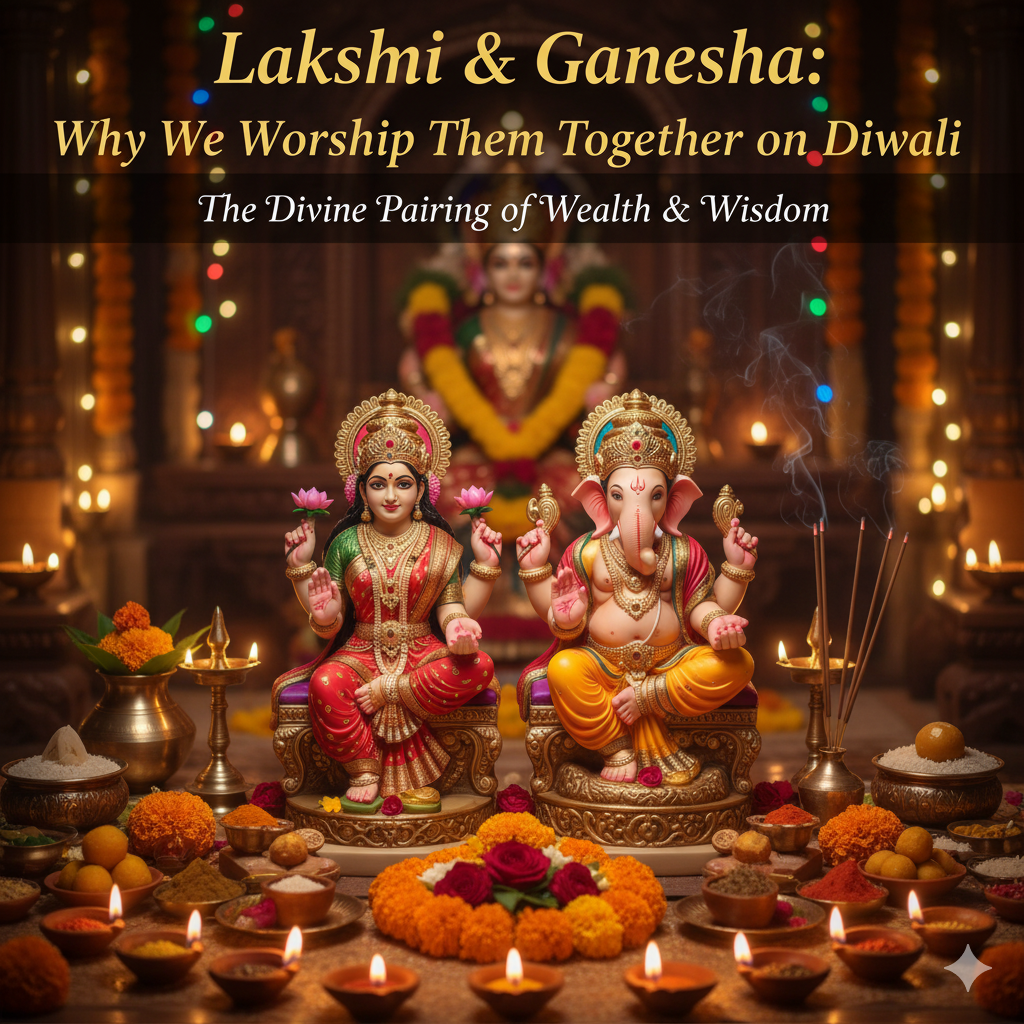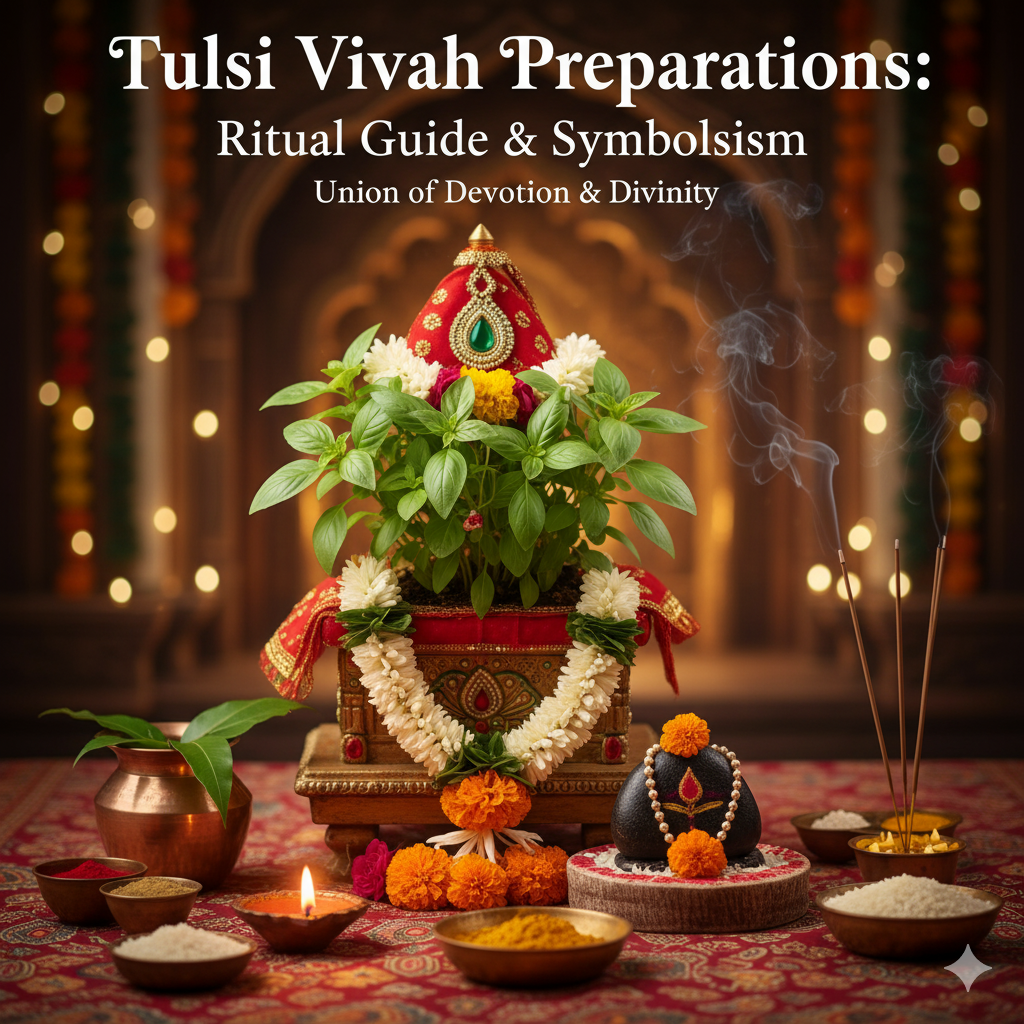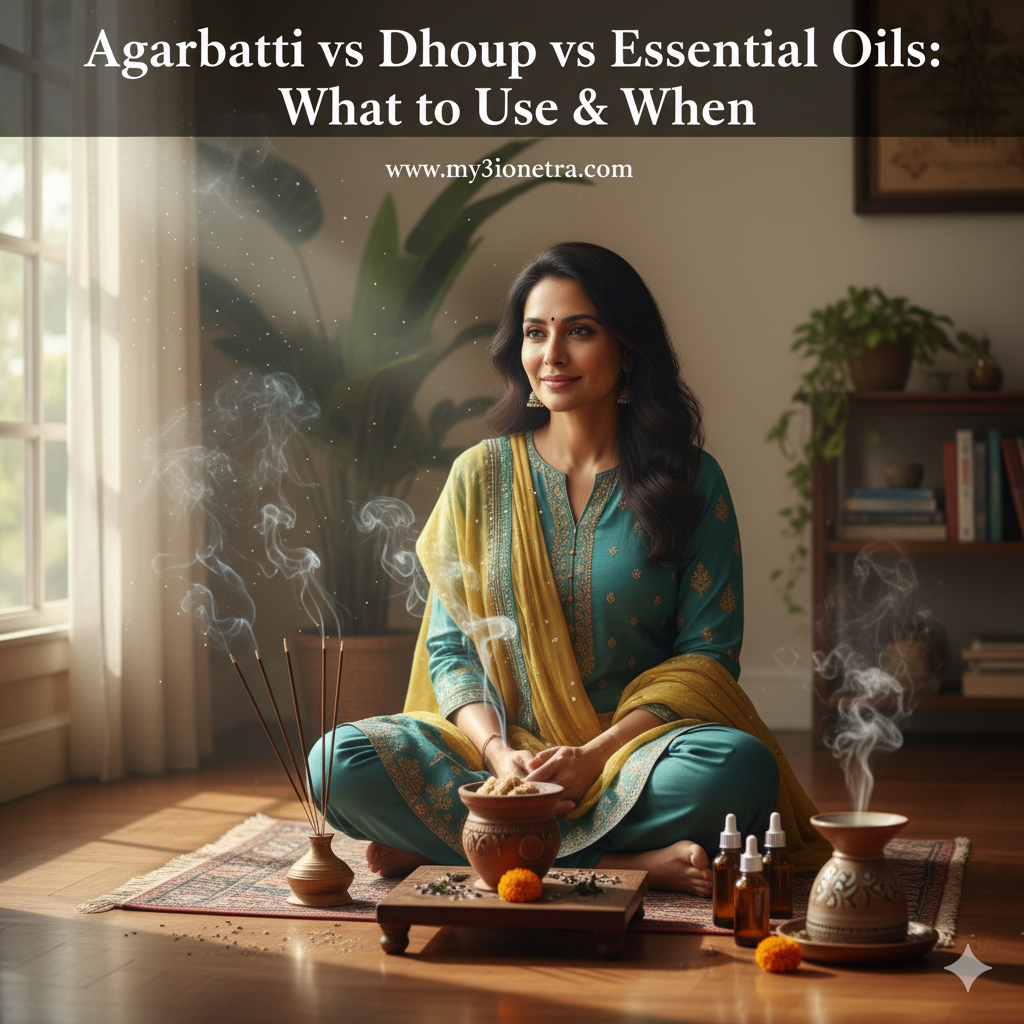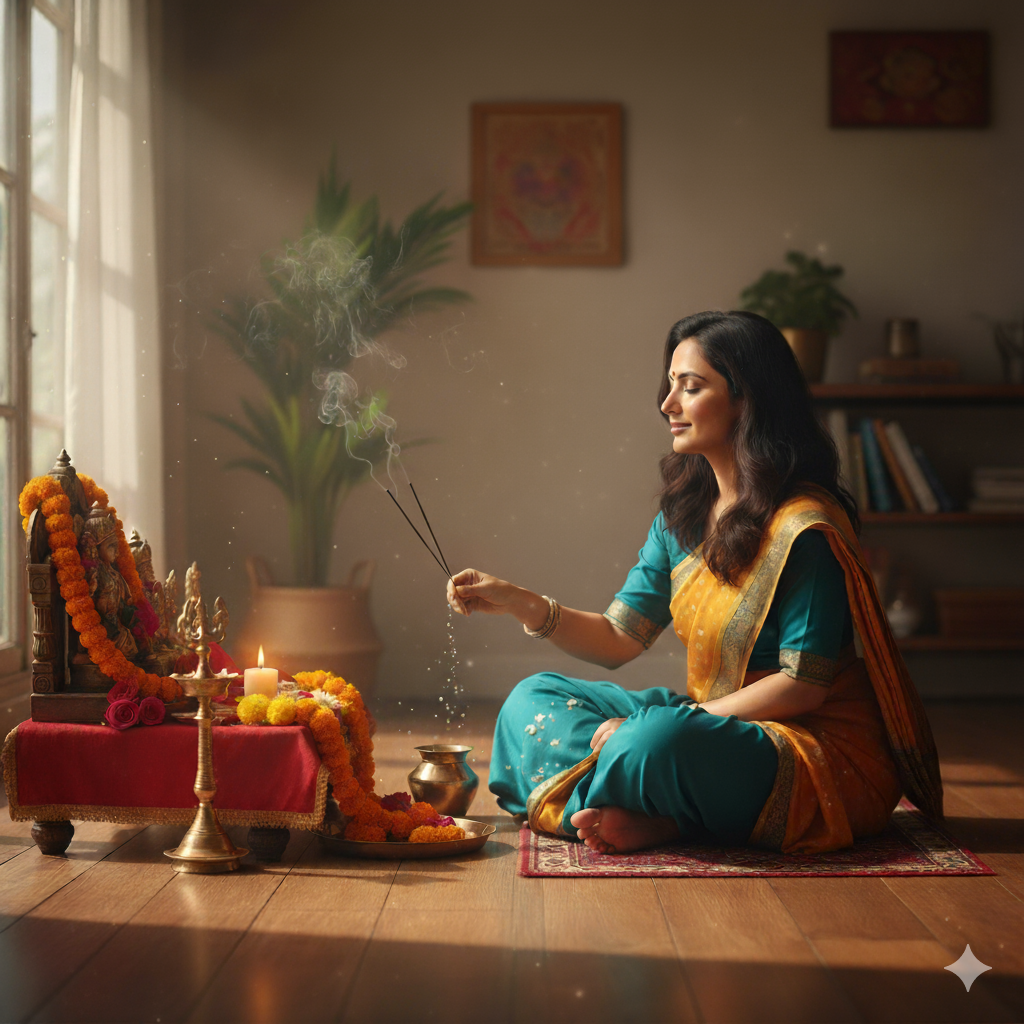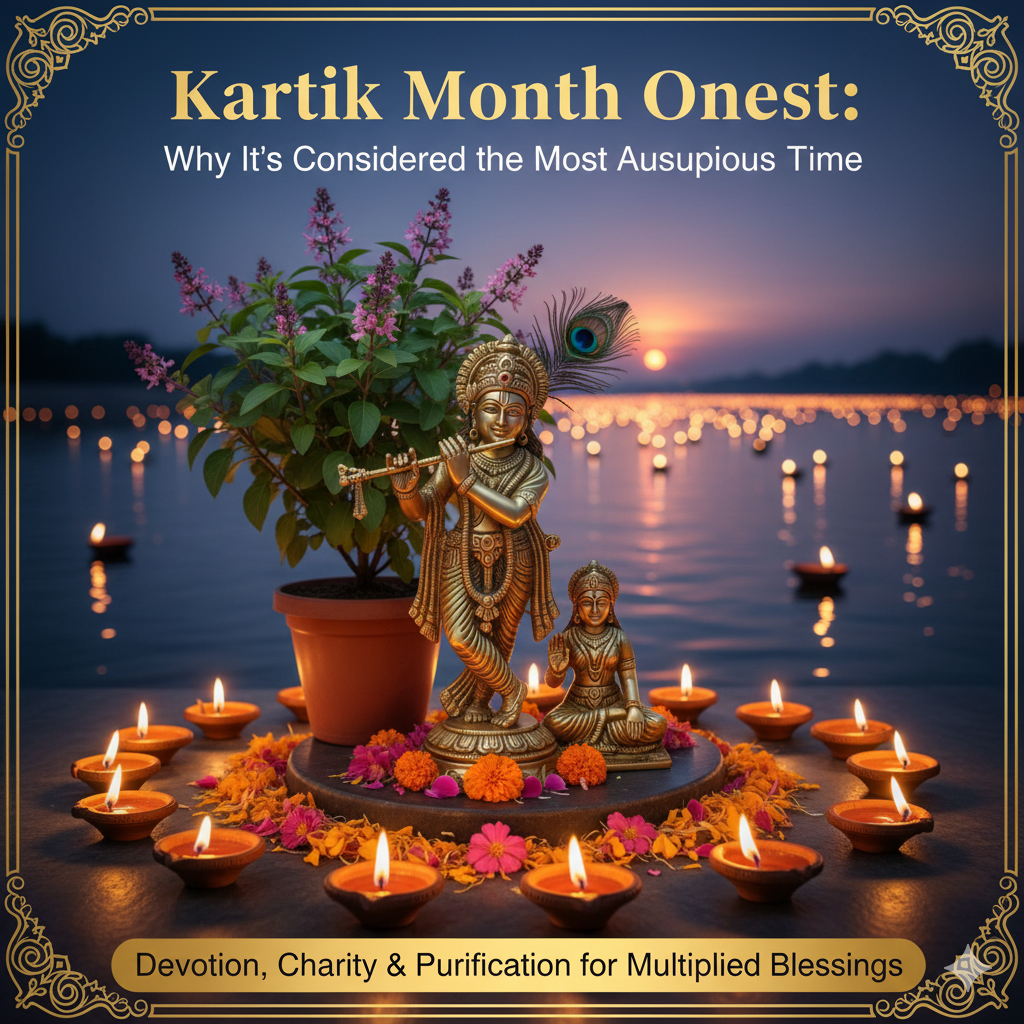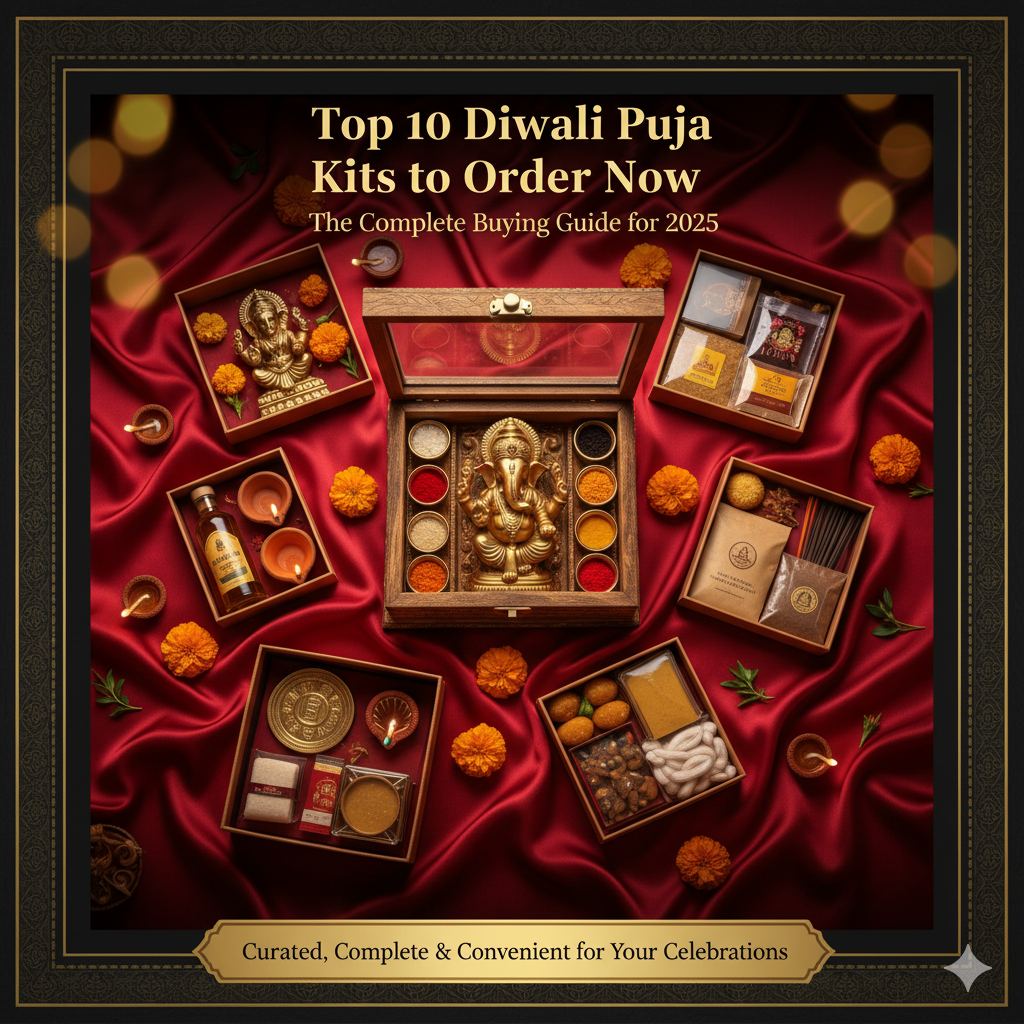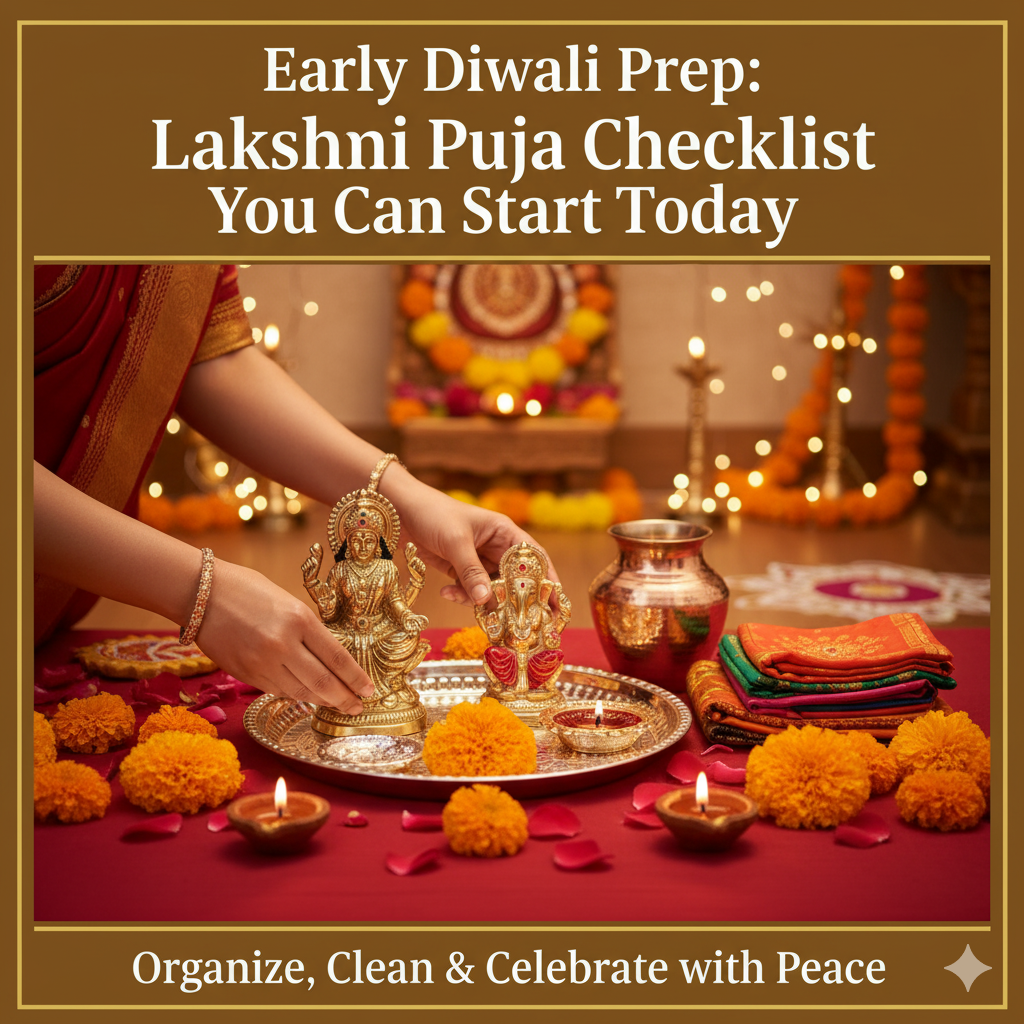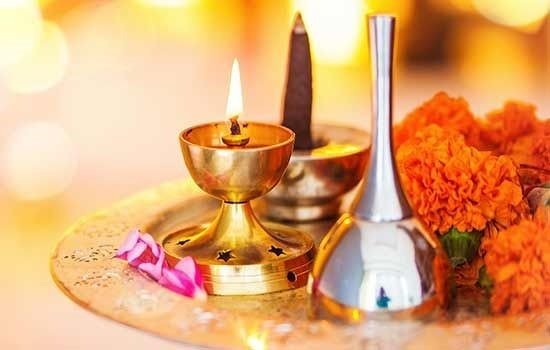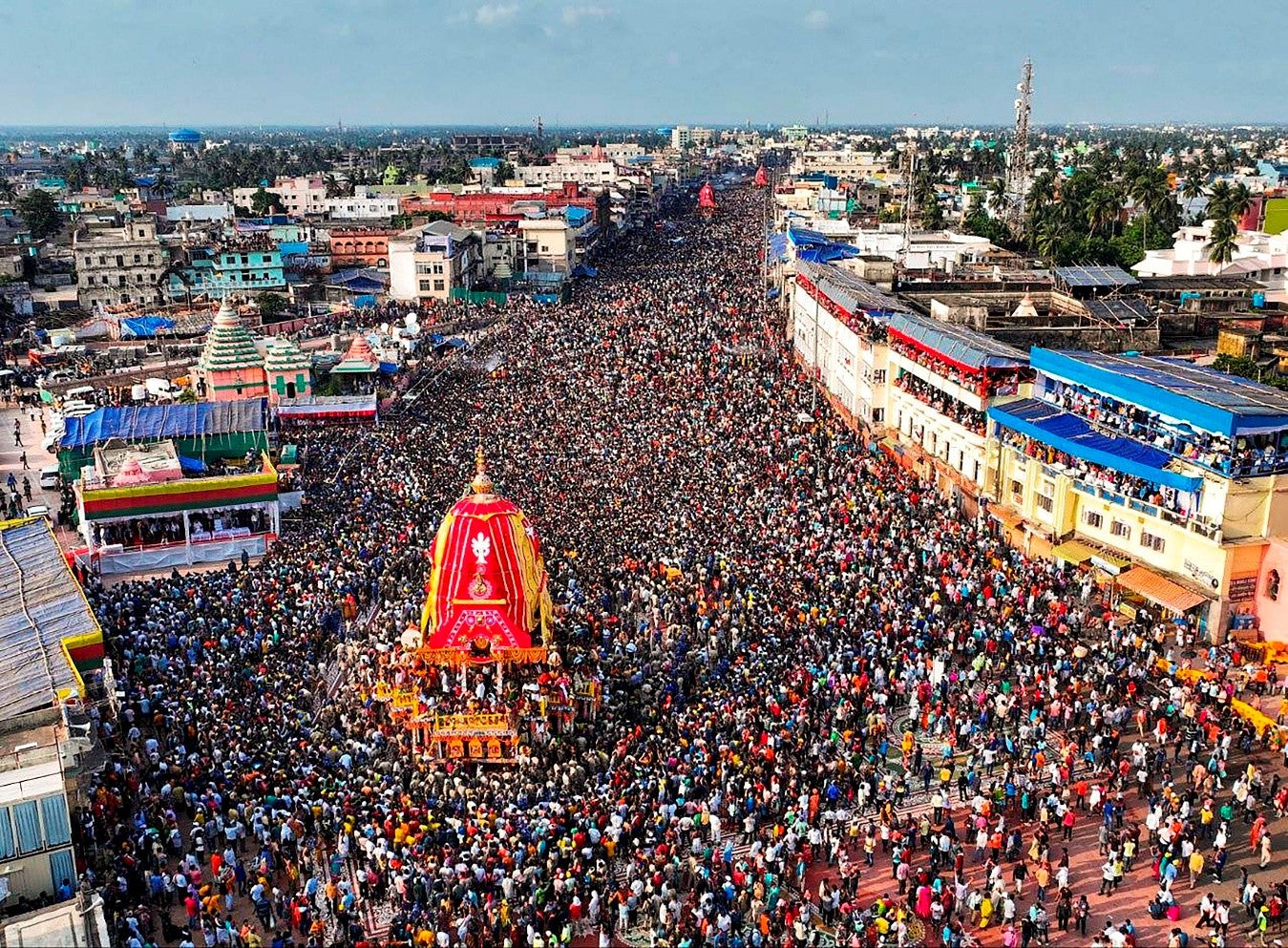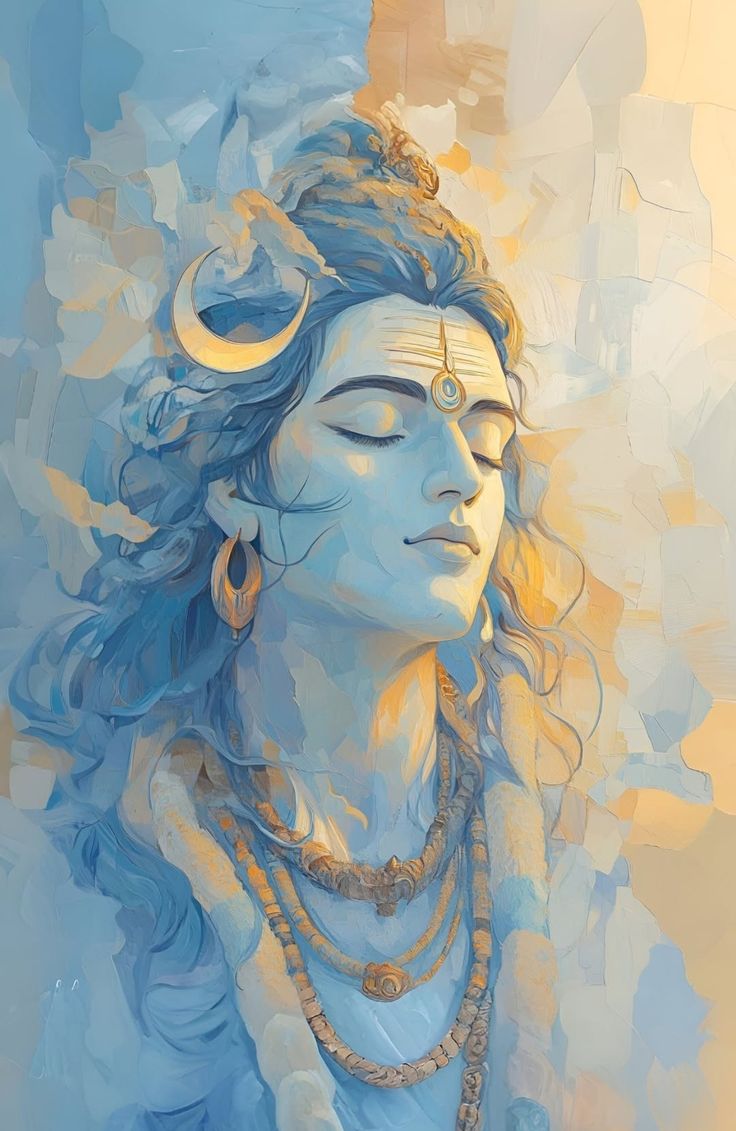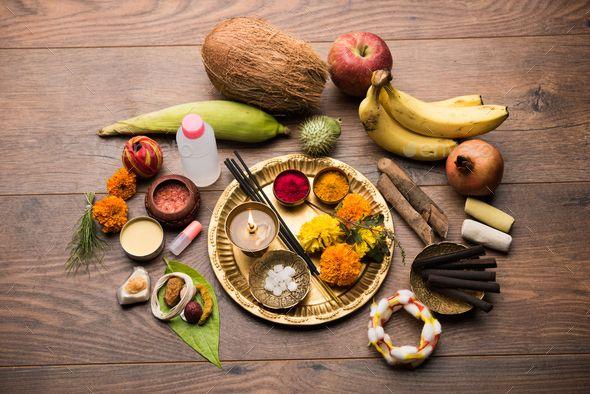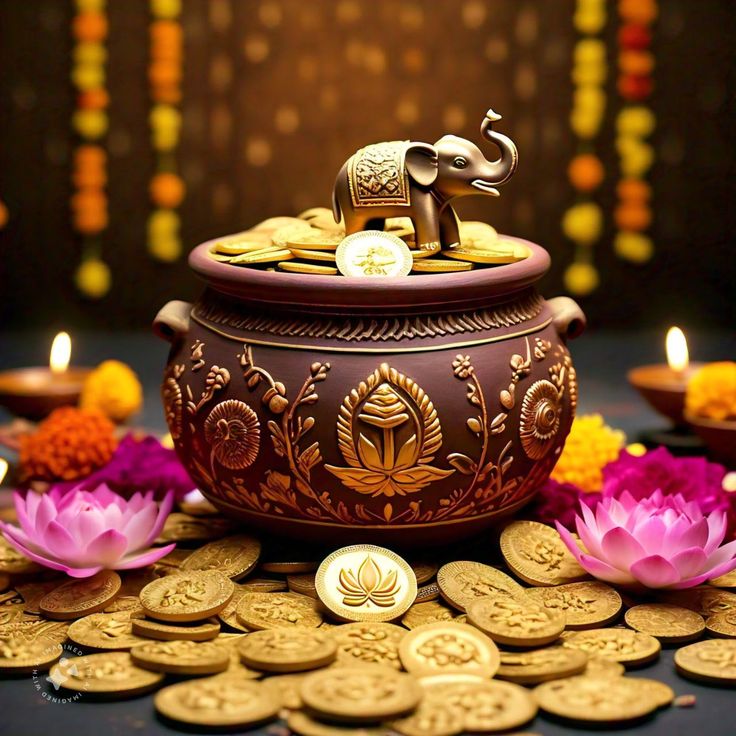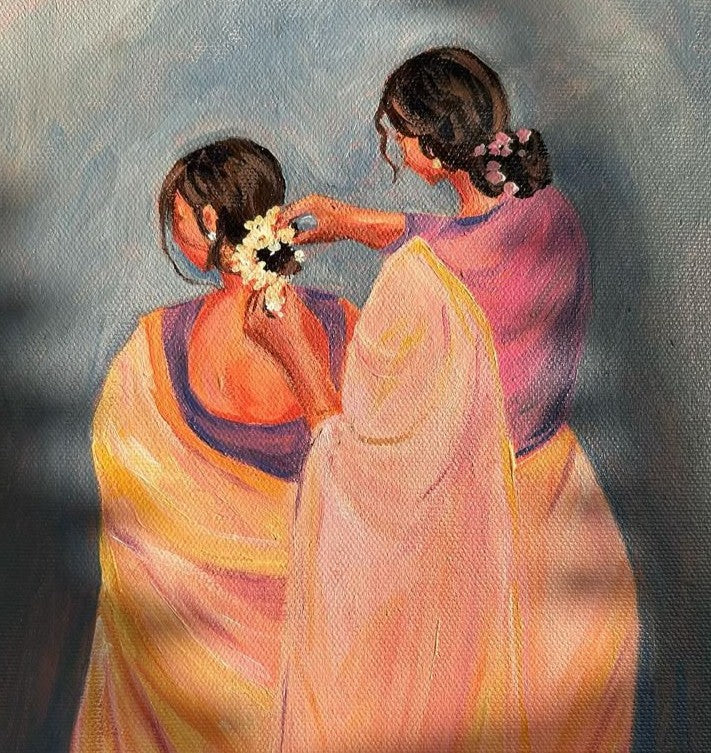Diwali — the festival of lights — is more than an aesthetic celebration. Lighting diyas isn’t just about decoration; it’s a spiritual ritual that signifies victory of light over darkness, knowledge over ignorance, and purity over ego.
Traditionally, diyas (lamps) are made of mitti (clay) and lit with ghee or sesame oil, symbolizing the offering of our inner self to the divine. In recent years, however, glass, metal, and electric lamps have replaced traditional ones — often at the cost of authenticity and sustainability.
This Diwali, let’s return to the roots. Here’s your complete guide to choosing eco-friendly diyas — made from natural materials like clay, terracotta, cow dung, or brass — and understanding why they hold deeper spiritual meaning.
Why Choose Eco-Friendly Diyas
🌿 1. Environmentally Safe
Clay diyas decompose naturally, leaving no waste behind. Synthetic or plastic alternatives harm the environment and lack the sacred “earth” element essential to rituals.
🔥 2. Spiritually Pure
According to Vastu and scriptures, lighting an earthen diya invites the five elements — earth, water, fire, air, and space — into harmony. Natural diyas carry sattvic vibrations, while chemical-painted ones block energy flow.
🪔 3. Symbol of Humility
Clay diyas, made from earth, represent humility — reminding devotees that we too come from the same element and return to it.
💫 4. Economic Support for Artisans
When you buy handmade diyas, you support potters and small artisans — keeping India’s traditional craft alive.
Types of Eco-Friendly Diyas
1. Mitti Diyas (Traditional Clay Lamps)
-
Material: Pure clay, sun-dried or low-fired.
-
Best For: Lakshmi Puja, Kartik Deepdan, and everyday lighting.
-
Benefits:
-
100% biodegradable.
-
Enhances positive prana (energy) when soaked overnight before use.
-
Keeps the flame pure and steady.
-
-
Tip: Soak in water for 30 minutes before lighting to prevent cracking.
✨ Perfect for mass deepdan during Kartik month and Diwali night.
2. Terracotta Diyas (Decorative Yet Natural)
-
Material: Baked clay with intricate designs.
-
Best For: Home decor, gifting, or temple altars.
-
Benefits:
-
Elegant appearance while being eco-safe.
-
Reusable for multiple festivals.
-
Symbolically combines devotion with beauty.
-
-
Tip: Choose unpainted or organic-colored diyas for authenticity.
3. Cow Dung Diyas (Panchagavya Sacred Diyas)
-
Material: Cow dung, ghee, and herbs.
-
Best For: Kartik Deepdan and purifying rituals.
-
Benefits:
-
Emits antibacterial properties.
-
Creates a grounding aroma when lit.
-
Considered highly auspicious for Lakshmi and Vishnu worship.
-
-
Tip: Light with ghee instead of oil to enhance longevity and fragrance.
4. Brass Diyas (Long-lasting & Traditional)
-
Material: Brass (panchdhatu blend in some variants).
-
Best For: Daily puja and permanent altar setup.
-
Benefits:
-
Reusable for years with minimal care.
-
Symbol of eternal light — “Nitya Jyoti.”
-
Adds prosperity element according to Vastu.
-
-
Tip: Always clean brass diyas with tamarind or lemon to prevent tarnish.
5. Floating Diyas (Water Element Harmony)
-
Material: Clay or wax base with ghee/oil wick.
-
Best For: Balcony, courtyard, or temple ponds.
-
Benefits:
-
Enhances aesthetic appeal.
-
Balances water and fire energies in your home.
-
-
Tip: Use natural wick oil blends instead of paraffin wax.
Best Oils for Lighting Diyas
| Oil Type | Significance | When to Use |
|---|---|---|
| Ghee (Cow’s milk) | Most auspicious; attracts prosperity | Lakshmi Puja, Kartik Deepdan |
| Sesame Oil (Til) | Removes negative energies | Kartik, Saturdays, or Amavasya |
| Mustard Oil | Traditional for protection and strength | Daily evening aarti |
| Coconut Oil | Cooling, used in southern traditions | Vishnu Puja or Shravan month |
✨ For Diwali and Kartik, ghee diyas are preferred to please Goddess Lakshmi.
How to Arrange Diyas for Diwali
-
Entrance: Two diyas on either side of the main door to welcome prosperity.
-
Tulsi Plant: Light one diya near Tulsi every evening during Kartik.
-
Home Altar: Place five diyas — four at the corners, one in the center.
-
Windows & Balcony: Symbolic of spreading light outward into the world.
-
Kitchen & Workspace: To invite abundance in food and labor.
Pro-Tips for Longer Burning Diyas
-
Add a few drops of camphor oil for a purifying fragrance.
-
Use cotton or banana fiber wicks — they last longer.
-
Reuse unburned oil next day for daily puja.
-
Always place diyas on metal or stone plates — avoid plastic trays.
Sustainable Disposal After Diwali
Once diyas have served their purpose:
-
Clay diyas: Immerse in soil or use as garden planters.
-
Cow dung diyas: Crush and add to compost or Tulsi pot.
-
Metal diyas: Clean, polish, and store for next use.
Never discard diyas in regular garbage — treat them as sacred offerings that have carried your prayers.
FAQs
Q1. Can I reuse clay diyas next year?
Yes, if stored properly in a dry place. Avoid washing painted ones.
Q2. Which type of diya attracts Goddess Lakshmi?
Ghee-lit clay or brass diyas placed facing east or north are considered most auspicious.
Q3. How many diyas should I light on Diwali night?
Traditionally, 11, 21, 51, or 108 diyas — odd numbers are auspicious.
Q4. Is it okay to use LED diyas?
They can be decorative, but not spiritually symbolic. For true energy flow, use real flame diyas.
Q5. What to do if a diya goes out mid-puja?
Relight it with reverence — it signifies reigniting inner light amidst challenges.
Conclusion
Eco diyas aren’t just a sustainable choice — they’re a sacred return to tradition. Each clay lamp you light connects you to the earth, to the potters who shaped it, and to the divine light that guides your path.
This Diwali, let your diyas tell a story — one of purity, consciousness, and devotion. 🌼
✨ Bring home sacred light today:
-
Or Book a Puja or Chadhawa for Kartik Deepdan and Diwali blessings.
Light your home, uplift your spirit, and let your Diwali shine the way it was meant to — naturally and divinely. 🪔


